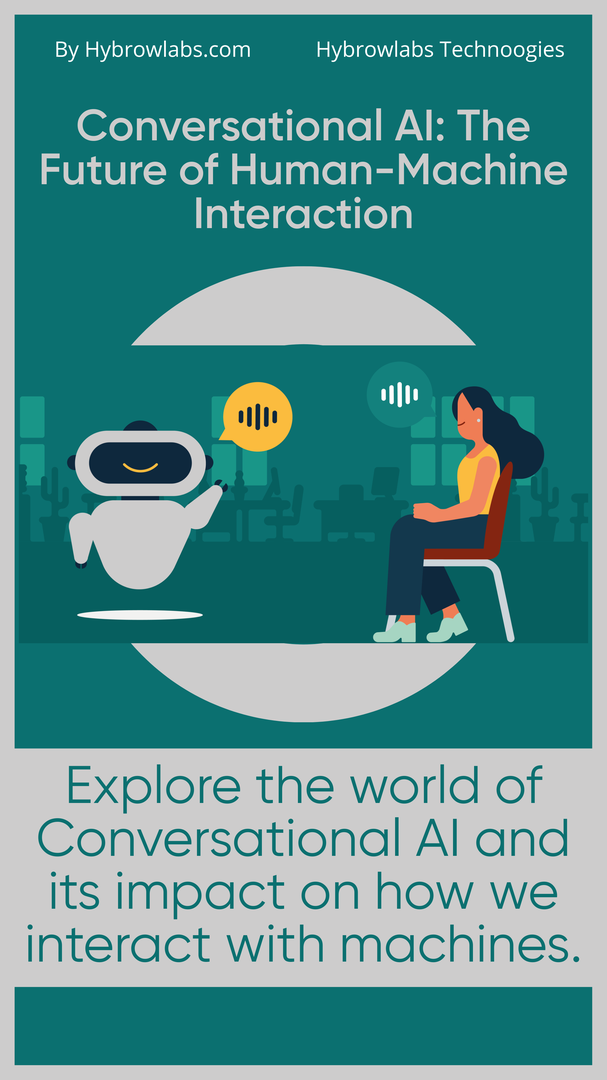
Conversational AI is changing the way we interact with technology. From Siri & Alexa to chatbots & virtual assistants, AI-powered conversations are becoming increasingly commonplace. However, developing a conversational AI system requires a deep understanding of the underlying concepts & technologies. To help you get started, we have put together the LangChain Cookbook - a beginner's guide to mastering seven essential concepts for developing conversational AI.
The LangChain Cookbook is designed to provide you with a clear & comprehensive understanding of the key concepts required for creating effective conversational AI systems. Whether you are a developer, data scientist, or simply someone interested in the field, this guide will help you navigate the complex world of conversational AI.
Conceptual Docs: Understanding the Essentials:

To create an effective conversational AI system, you need to understand the foundational concepts that underpin it. Here are some basic terminologies that are primarily linked with Conversational AI.
1. Natural Language Processing (NLP):
The ability of computers to understand human language & respond appropriately is a critical component of conversational AI. You will learn how Natural Language Processing (NLP) algorithms work & how to use them effectively.
2. Intent Recognition:
Intent recognition is the process of identifying the user's intention based on their input. You will learn how to use machine learning algorithms to recognize user intents & respond accordingly.
3. Dialog Management:
Dialog management involves keeping track of the conversation & ensuring that the AI system responds appropriately at all times. You will learn about the different types of dialog management systems & how to implement them.
4. Speech Recognition:
Speech recognition is the process of converting spoken words into text. You will learn about the different types of speech recognition algorithms & how to use them effectively.
5. Sentiment Analysis:
Sentiment analysis involves identifying the emotional tone of the user's input. You will learn how to use sentiment analysis to create more personalized responses.
6. Machine Learning:
Machine learning is the process of training an AI system to improve its performance over time. You will learn about the different types of machine learning algorithms & how to use them effectively in your conversational AI system.
7. Knowledge Graphs:
Knowledge graphs are a way of organizing information to make it easier for AI systems to access & use. You will learn about the basics of knowledge graphs & how to use them to improve your conversational AI system.
Brief Introduction on LangChain: Best Tool for Mastering Conversational AI:
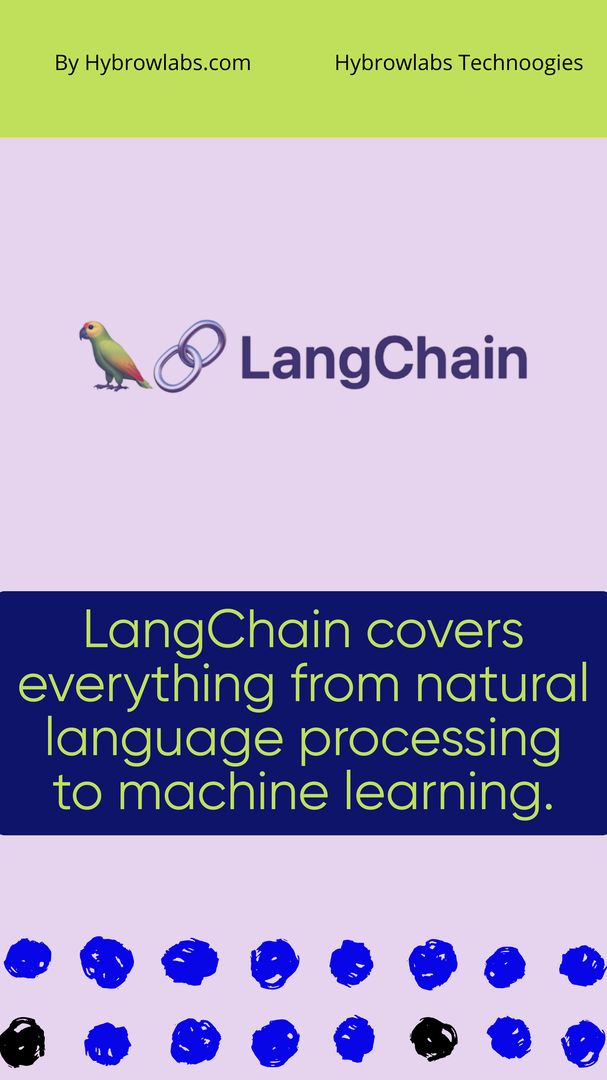
LangChain is a powerful tool for mastering conversational AI, designed to provide a comprehensive & intuitive guide for beginners in the field. Conversational AI is rapidly becoming a critical technology for businesses of all types, allowing them to engage with customers & automate key processes in a highly efficient manner. However, mastering this technology requires a deep understanding of the key concepts that underpin it, which is where LangChain comes in.
At its core, LangChain is a cookbook that provides a step-by-step guide to the seven essential concepts that form the backbone of conversational AI. These concepts cover everything from natural language processing to machine learning & beyond, & are designed to provide a solid foundation for anyone looking to get started in the field.
One of the key benefits of LangChain is its focus on practical, hands-on learning. Rather than simply presenting abstract concepts & theoretical frameworks, the cookbook provides concrete examples & exercises that allow users to put their knowledge into practice. This helps to build a strong foundation of knowledge & skills that can be applied in real-world settings, ensuring that learners are well-equipped to tackle any challenge that comes their way.
Another important feature of LangChain is its accessibility. The cookbook is designed with beginners in mind, & does not assume any prior knowledge or expertise in the field. Instead, it provides clear & concise explanations of each concept, making it easy for anyone to follow along & understand.
List of 7 Essential Concepts for Mastering Conversational AI:
Concept 1: Schema (Text, Messages, Documents):
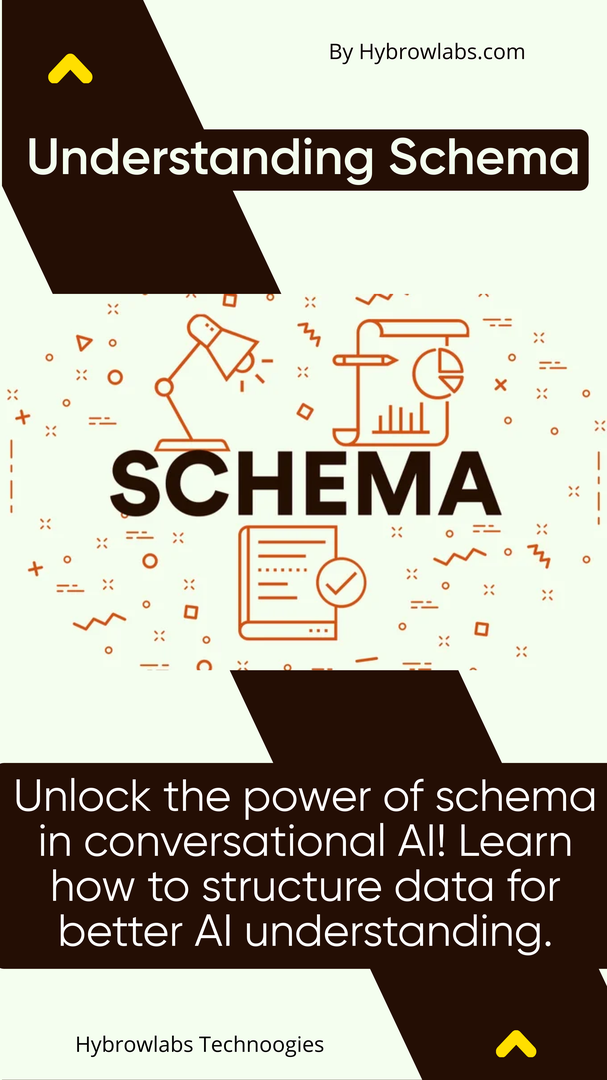
As conversational AI continues to grow in popularity & usage, it's important for beginners to have a solid understanding of the foundational concepts that make it all possible. One such concept is the schema, which refers to the structure or organization of data that are used to build conversational AI models.
Schema comes in different forms, including text, messages, & documents. In the context of conversational AI, text schema is the most commonly used. It refers to the structure of natural language data, such as sentences or phrases, that are used to train AI models to understand & respond to user input.
Messages schema, on the other hand, is a higher-level structure that's used to organize conversations between users & conversational AI models. It includes information such as the sender, recipient, subject, & content of each message exchanged between the two parties.
Documents schema, as the name suggests, refers to the structure of larger pieces of content, such as articles or reports, that are used to train conversational AI models to understand more complex topics & contexts.
Understanding schema is essential for building effective conversational AI models. By organizing data into a structured schema, developers can better train their models to understand & respond to user input in a way that's both accurate & relevant to the user's needs.
For example, a conversational AI model built to help users order food from a restaurant might use a text schema to train the model to understand common phrases & questions related to ordering food. It might also use a messages schema to organize the conversation between the user & the AI model, keeping track of the user's order details & preferences. & it might use a document schema to train the model to understand more complex topics, such as dietary restrictions or ingredient sourcing.
Concept 2: Models (Language, Chat, Embeddings):
Language models are the most fundamental type of conversational AI model. They are designed to understand & generate human language, & they can be trained on large amounts of text data to improve their accuracy & relevance. Language models are used in a variety of applications, from chatbots to virtual assistants, & they can be tailored to specific domains or contexts, such as healthcare or finance.
Chat models, as the name suggests, are used specifically for chat applications, such as customer service or support. These models are designed to understand & respond to user input in a conversational manner, using techniques such as natural language processing (NLP) & machine learning to analyze & interpret user messages. Chat models can be trained on both text & voice data, & they can be integrated with other technologies, such as speech recognition, to enhance their capabilities.
Embedding models are a more advanced type of conversational AI model that use deep learning techniques to create representations of words & phrases in a high-dimensional space. These representations, known as embeddings, can be used to measure the similarity between different words & phrases, allowing for a more nuanced understanding & interpretation of user input. Embedding models are particularly useful for tasks such as sentiment analysis, where the context & tone of user messages are important factors.
Concept 3: Prompts (Template, Examples, Output Parse):

One of the crucial concepts covered in The LangChain Cookbook is prompts. In conversational AI, prompts refer to the initial message or question that a user inputs to a chatbot or virtual assistant. A prompt can be structured using a template, & it requires specific examples & output parsing.
The template for prompts varies depending on the type of conversational AI being used. For example, if you're building a chatbot that helps customers book a flight, the prompt could be structured as follows: "Hi, welcome to our flight booking service. How can I assist you today?" The template sets the tone for the conversation, & it's important to ensure that it's friendly, helpful, & easy to understand.
Examples are another critical aspect of prompts. They provide context & help the conversational AI understand what the user is looking for. For instance, if a user asks the flight booking chatbot, "What are the flight options from New York to London on the 15th of May?" the chatbot can use the keywords "flight options," "New York," "London," & "15th of May" to provide relevant information.
Output parsing is the final step in processing prompts. It involves breaking down the user's input & generating a response that matches the user's intent. For example, if a user asks the flight booking chatbot, "How much does it cost to fly to Paris?" the chatbot can parse the user's input to identify the intent, which is to get the cost of a flight to Paris, & provide a relevant response.
Concept 4: Indexes (Loaders, Splitters, Retrievers, Vector stores):
Indexes are an essential component of conversational AI that enable chatbots & virtual assistants to search & retrieve relevant information. There are several types of indexes, including loaders, splitters, retrievers, & vector stores.
Loaders are responsible for loading data into the conversational AI system. They provide the information that chatbots & virtual assistants will use to answer user queries. For example, if you're building a chatbot to answer customer support questions, the loader could be used to load all the relevant product information, including FAQs, manuals, & troubleshooting guides.
Splitters are another critical component of indexes. They are responsible for breaking down the user's query into smaller parts, making it easier for the conversational AI system to understand the user's intent. For instance, if a user asks, "How do I fix a broken screen on my phone?" the splitter can break down the query into smaller parts such as "fix," "broken screen," & "phone."
Retrievers are responsible for retrieving relevant information from the loaded data. They use the user's input & the splitters to search through the data & retrieve the most relevant information. For example, if a user asks the chatbot, "How do I fix a broken screen on my phone?" the retriever can search through the loaded data to find the most relevant article or guide that provides a step-by-step guide to fixing a broken phone screen.
Vector stores are a type of index that is responsible for storing large amounts of data. They use mathematical algorithms to store & retrieve data based on similarity. For example, if a user asks the chatbot, "What are the best restaurants near me?" the vector store can retrieve relevant information based on the user's location, preferences, & other factors.
Concept 5: Memory (Chat History):

Memory is essential in conversational AI because it allows chatbots & virtual assistants to remember previous conversations with users. This memory is stored in the form of chat history, which contains a record of all the previous interactions between the user & the conversational AI system.
The chat history allows the conversational AI system to understand the user's context better. For example, if a user asks a chatbot, "Can you recommend a good restaurant near me?" the chatbot can use the chat history to remember the user's previous preferences & recommend a restaurant that is more likely to match the user's taste.
Another benefit of chat history is that it allows chatbots & virtual assistants to improve over time. By analyzing chat history, conversational AI systems can identify areas where they need to improve & adjust their responses accordingly. For example, if a chatbot consistently fails to answer a specific question, the developers can use the chat history to identify the issue & improve the chatbot's response.
Moreover, chat history is an excellent tool for businesses to analyze their customer interactions. It can provide insights into common customer issues & pain points, helping businesses to improve their products & services. It can also help businesses to identify opportunities for upselling & cross-selling, providing a more personalized experience to customers.
Concept 6: Chains (Simple, Summarize):
Chains are a sequence of responses that a chatbot or virtual assistant generates in response to a user's input. There are two types of chains in conversational AI: simple & summarized chains.
Simple chains are straightforward & follow a logical sequence of responses to a user's input. For example, if a user asks a chatbot for the weather forecast, the chatbot might respond with the current temperature, the forecast for the day, & the forecast for the next few days. Simple chains are easy to follow & provide a clear & concise answer to the user's question.
Summarized chains, on the other hand, use natural language processing (NLP) algorithms to generate a summary of the user's input & respond accordingly. For example, if a user asks a chatbot, "Can you tell me about the latest news in technology?", the chatbot might summarize the latest news & provide a link to the full article. Summarized chains provide a more personalized experience for the user & allow chatbots & virtual assistants to simulate human-like conversations.
Chains are essential in conversational AI because they allow chatbots & virtual assistants to provide relevant & useful information to users. They also help to create a more natural & human-like conversation, which can improve the user's overall experience.
Concept 7: Agents (Toolkits, Agents):
Agents in conversational AI are the software components that enable chatbots & virtual assistants to interact with users. They provide the intelligence & capabilities that enable conversational AI to understand natural language, generate responses, & provide personalized recommendations. There are two types of agents in conversational AI: toolkits & agents.
Toolkits are frameworks or platforms that provide developers with the tools & resources necessary to build conversational AI applications. They include pre-built components, such as natural language processing (NLP) algorithms, machine learning models, & dialog management systems, that developers can use to build their chatbots or virtual assistants. Examples of conversational AI toolkits include Dialogflow, Amazon Lex, & Microsoft Bot Framework.
Agents, on the other hand, are pre-built chatbots or virtual assistants that businesses can use out-of-the-box to interact with their customers. These agents are already trained on specific use cases, such as customer support or sales, & can be customized to meet businesses' specific needs. Examples of conversational AI agents include Google Assistant, Alexa, & Siri.
Agents & toolkits are essential in conversational AI because they provide the foundation for building intelligent chatbots & virtual assistants. Toolkits provide the tools & resources necessary for developers to build conversational AI applications, while agents provide pre-built solutions that businesses can use to engage with their customers.
Conclusion:
In summary, mastering Conversational AI requires a strong foundation in the essential concepts that form the backbone of the technology. The future outlook for Conversational AI is promising, with advancements in technology enabling more sophisticated & natural language interactions. Conversational AI has already proven its value in various industries, from customer service to healthcare, and it is expected to continue growing in importance in the coming years.
We encourage readers to continue exploring the field of Conversational AI, as it is an exciting & rapidly evolving field with immense potential. With the right knowledge & tools, anyone can create intelligent virtual agents that can engage in human-like conversations & provide valuable services to users. For further assistance and expert guidance in developing your Conversational AI applications, consider reaching out to Hybrowlabs Development Services.
FAQ
1. What is Conversational AI?
Conversational AI refers to the technology that enables computers to understand & respond to human language inputs in a natural language conversation. It involves various subfields, such as Natural Language Processing, Speech Recognition & Machine Learning.
2. What are some examples of Conversational AI?
Examples of Conversational AI include virtual assistants like Amazon's Alexa & Apple's Siri, chatbots used in customer service & support & language translation tools.
3. What are the benefits of Conversational AI?
Conversational AI provides several benefits, such as improving customer experience, increasing efficiency & productivity & reducing operational costs. It can also enable more personalized & natural interactions between humans & machines.
4. What are the challenges in implementing Conversational AI?
Some challenges in implementing Conversational AI include the complexity of language understanding & processing, the need for large amounts of data to train machine learning models & the requirement for a natural & engaging user interface.
5. How can one learn more about Conversational AI?
One can learn more about Conversational AI by taking online courses, attending workshops & conferences, reading books & research papers & practicing with tools & platforms designed for Conversational AI development. There are also many resources available online, such as tutorials & forums, where developers can share knowledge & ask for help.



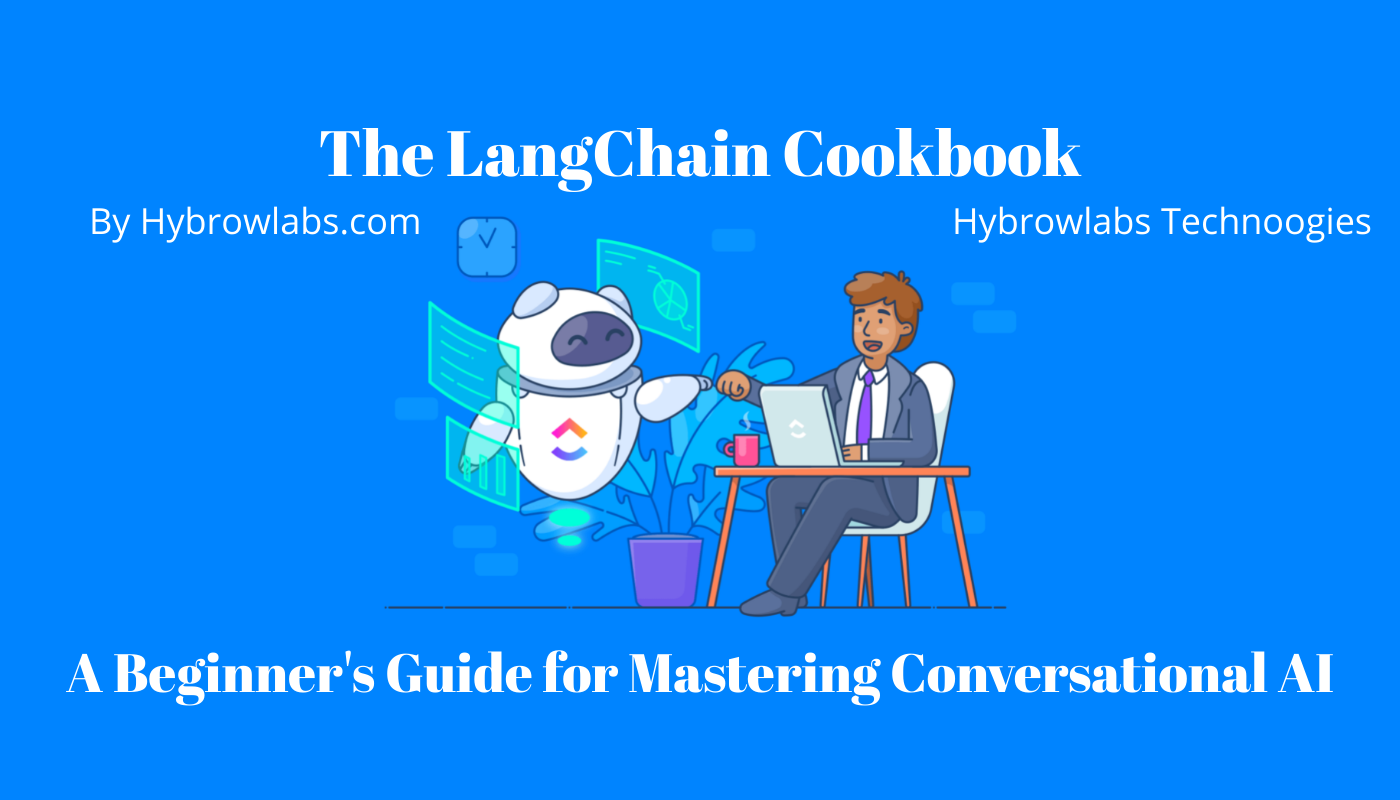
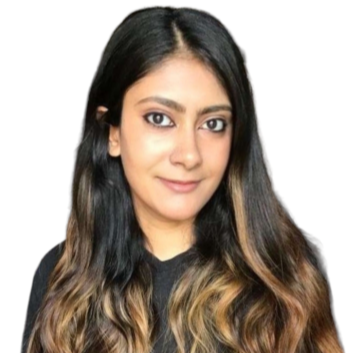

a3dc85.jpg)
.jpg)
fd8f11.png)

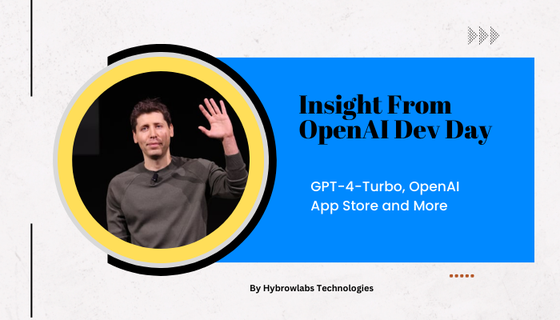
.jpg)
.jpg)